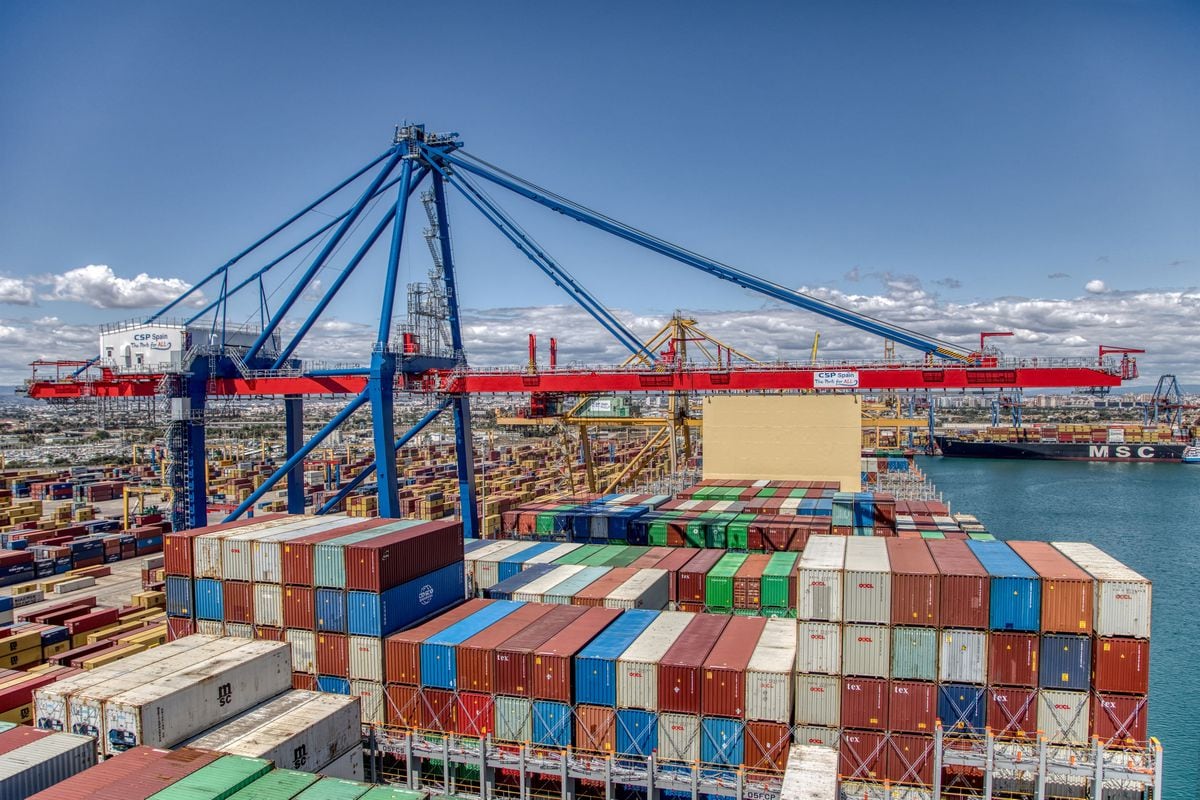The foreign sector has been one of the main protagonists of the recent recovery after the pandemic, in a similar way to what happened after the financial crisis.
Spain is the only one of the large countries of the European Union that has managed to simultaneously maintain a solid trade surplus (close to 2.5% of GDP in the last year, with data up to the third quarter, practically the same as the average of the period 2015-2019), and an abundant inflow of foreign capital.
The double has also provided resilience and confidence in the face of the geopolitical turbulence of recent years.
The question is to what extent these results are sustainable over time.
To gauge it, in an interconnected world, it is convenient to examine our trajectory in light of the transformations that the global economy is going through.
The most obvious: Europe, our main export market and investment attraction, is losing ground in relation to the other large trading blocs.
Growth in the euro zone has not raised its head for more than a year, so it barely exceeds pre-pandemic activity levels.
GDP is only 3% above the level reached at the end of 2019, when the North American economy has already propelled 7.3% beyond that threshold.
And an even more pronounced divergence is seen in the coming year.
The European export locomotive seems to have stalled, given the notable contraction of the external surplus (from 2.8% of GDP in the period 2015-2019, to 1.2% in 2023).
The bloc is also less attractive for international productive capital.
Foreign direct investment declines in aggregate terms, even with differences, since it falls in Germany while it rises in Spain.
Meanwhile, capital flows to the other side of the Atlantic after the application of the powerful stimuli for investment and the relocation of companies of the Inflation Reduction Act. Europe does not have an arsenal comparable to that deployed by the Biden administration, nor a coordinated strategy, opting de facto for competition between community partners, as evidenced by the inflation of national subsidies, or “state aid”, an ineffective instrument that also distorts the single market to the detriment of economies with less fiscal space like ours. .
In addition to the deterioration of the energy position, Europe suffers from a growing deficit in its exchanges of products with high technological added value, particularly with China.
In 2022, this deficit reached 36 billion euros, leaving behind the surpluses of previous years.
Similarly, trade in electric vehicles is in deficit.
Therefore, it has merit that Spanish companies have gained ground in a lethargic market like the European one.
Sooner or later, however, our export boom will begin to languish.
In fact, there are already signs of a cooling in trade with the EU, such as the slight decrease in goods exports registered until November.
Imports, for their part, are recovering, so a contraction of the foreign surplus can be expected for this year.
According to the Funcas Panel, the surplus produced by our current account balance will decrease to 1.5% of GDP.
This is still a healthy balance.
However, in the medium term, in addition to depending on a European trade bloc in relative decline, our productive apparatus faces the challenge of incorporating new technologies to maintain its competitive position.
The Achilles heel is the weakness of productivity, revealing the difficulty of making the digital transition, threatening to erode the advantage we have in terms of production costs.
A tailwind that should be preserved with social consensus and acting on all the levers that drive productivity.
International Trade
Exports fell 0.7% until November compared to a year earlier, dragged down by petroleum derivatives, semi-manufactures and medicines.
On the positive side, the recovery of sales abroad in the automotive sector and the consolidated robustness of capital goods sales stand out.
Imports also experienced a drop at an aggregate level, of 6.8%, mainly as a consequence of the cheaper energy purchases.
With these trends, the trade deficit stood at less than half compared to a year earlier.
Raymond Torres
is situation director of Funcas.
In X: @RaymondTorres_
Follow all the information on
Economy
and
Business
on
and
X
, or in our
weekly newsletter
Subscribe to continue reading
Read without limits
Keep reading
I am already a subscriber
_

